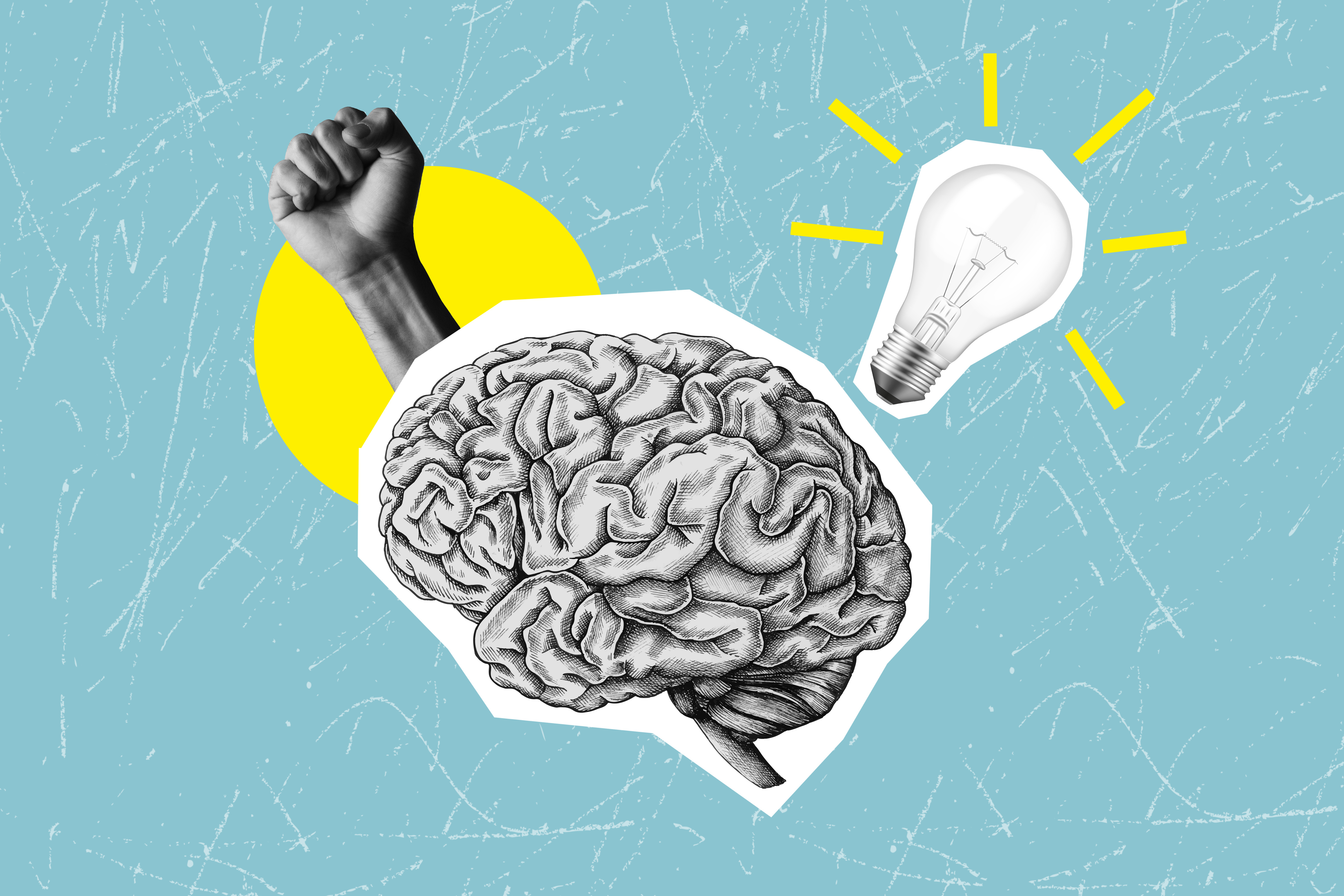
From SOPs to Content Brains: Unlocking Hidden Knowledge
 Chip LaFleur
·
4 minute read
Chip LaFleur
·
4 minute read
In our first article, we established that growth comes from solving real problems, not just running more campaigns. We shared how our partnerships often reveal that marketing challenges are symptoms of deeper business issues. Today, we're diving into one specific solution: transforming static documents into dynamic growth assets.
This story starts with our own Standard Operating Procedures (SOPs). What began as an internal experiment to fix our process documentation became the foundation for helping clients unlock organizational knowledge.
The SOP Problem Every Company Faces
Like most growing companies, we rely heavily on SOPs. They capture our best practices, ensure quality control, and maintain consistency across client work. They're essential business assets.
In practice, they weren't delivering value:
- Team members had to dig through PDFs or Word docs
- Old versions lingered, creating confusion about current procedures
- Even when SOPs existed, people often asked colleagues instead of looking them up
Our SOPs were meant to be living documents, but in reality, they felt static and disconnected from daily workflows.
We asked ourselves: what if SOPs could be as easy to access as asking a trusted teammate?
Building the Vector SOP Store
We set out to test a new approach. The idea was simple: break SOPs down into small chunks, store them in a way AI could understand, and make them searchable using natural language.
The process looked like this:
Chunking Content: Instead of storing entire SOPs as single files, we split them into small, meaningful sections. Each step of a process became its own entry.
Vector Storage: We converted those chunks into vector embeddings, mathematical representations that capture meaning, not just keywords.
Natural-Language Retrieval: We layered in a retrieval model. Instead of searching for exact keywords, team members could ask questions in plain English:
- "What's our process for publishing a blog in WordPress?"
- "How do we QA a new landing page?"
Response with Context: The system returned the relevant SOP step, complete with context and source.
The result was a prototype we called the vector SOP store.
The Impact
The differences were immediate:
- Faster access: Instead of scanning PDFs, team members could get the exact step they needed in seconds.
- Better compliance: People were more likely to follow the right process when it was easy to find.
- Improved onboarding: New hires could ask questions naturally and get consistent answers.
- Less friction: Leaders no longer had to answer the same questions repeatedly.
For the first time, our SOPs felt alive and like resources the team could actually use.
The Lightbulb Moment
The success of the SOP store led to a bigger realization: this wasn't just about SOPs.
Every organization has knowledge stored in documents: policies, research, case law, technical manuals, training materials. And in every case, those documents are underutilized because they're hard to search, hard to keep current, and disconnected from daily workflows.
What if we could apply the same approach to any curated knowledge base?
That's how the concept of a content brain was born.
Principles of a Content Brain
A content brain builds on the same foundation as the SOP store but expands the scope and flexibility. At its core, it's built on four principles:
Curated Ingestion: The content brain only includes the documents you choose. That means you're working with trusted, relevant sources instead of the open internet.
Natural-Language Retrieval: Users ask questions in plain English. The system retrieves the most relevant sections with context and citations.
Exploration and Synthesis: Beyond retrieval, the content brain can help draft outlines, summaries, or talking points by weaving together multiple documents.
Ongoing Human Curation: New documents can be added, outdated ones removed, and libraries updated easily. This is the human element that AI can't do: deciding what's relevant, what's persuasive, and what's worth keeping.
These principles ensure that a content brain makes the knowledge it stores usable, reliable, and current.
Use Cases Across Industries
The potential applications of a content brain are vast:
Law Firms: Attorneys maintain large libraries of case law, filings, and research. A content brain makes that library searchable and actionable, improving efficiency and case outcomes.
Healthcare Organizations: Hospitals and clinics manage extensive clinical guidelines and treatment protocols. A content brain helps providers access the right information at the right time.
Insurance Companies: Adjusters handle complex claims with policies, regulations, and prior cases. A content brain ensures consistency and reduces errors.
Manufacturers: Teams rely on SOPs, safety standards, and compliance documents. A content brain ensures everyone has the most current instructions.
Corporate HR Teams: Managers often struggle to find answers in policy handbooks. A content brain surfaces the exact policy language instantly, reducing confusion.
In each case, the principle is the same: turn static documents into dynamic business assets.
Lessons Learned
Our journey from SOPs to content brains has taught us a few important lessons:
Start with a real pain point. We didn't build this as a theoretical experiment. We built it because our SOPs weren't working for us.
Solve for people first. Implementing new technology shouldn’t be done for its own sake. The value here is in making life easier for the humans using it.
Trust is non-negotiable. Grounding responses in curated documents prevents misinformation and builds confidence.
Curation is the differentiator. The ability to update and manage the library keeps the system relevant.
Why This Matters for Growth
At first glance, an SOP store might not look like marketing. But it absolutely drives growth.
Faster onboarding means new employees contribute sooner. Consistent processes reduce errors and rework. Freed-up leaders can focus on strategy instead of repeating instructions.
And when the same principles are applied beyond SOPs, the impact multiplies: stronger cases for attorneys, better patient care in healthcare, fewer errors in manufacturing.
Growth doesn't always require more leads. Sometimes it means unlocking the knowledge you already possess.
Preparing for the Case Study
The SOP store was our first experiment. The content brain concept grew from that foundation. But the real test came when we applied it to a client's challenge: helping an attorney unlock the value of their extensive traumatic brain injury (TBI)-focused library.
In the next article of this series, we'll share that case study in detail: how we built a TBI content brain, how it worked in practice, and what results it produced.
Because growth doesn't just come from campaigns, it comes from solving deeper problems. And sometimes, those problems are hiding in plain sight, waiting to be unlocked.
We’d be happy to schedule a time to discuss your current marketing needs and what surrounding problems might be holding your growth back.


